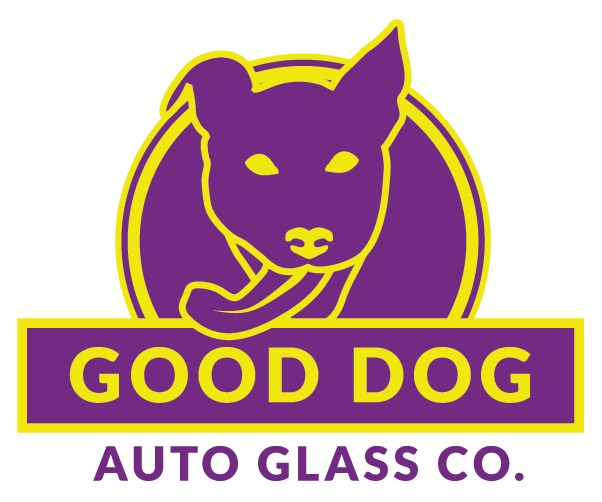Replacement Windshield Solutions
Say goodbye to the frustration of a cracked or damaged windshield with Replacement Windshield Solutions. Don't let a minor chip escalate into a major headache. Our dedicated team in Renton, Washington, is committed to delivering exceptional windshield replacement services, prioritizing your safety on the road. Reach out to us at (206) 617-9899 or email us at Info@Gooddogautoglass.Com to schedule your appointment today.
Driving with a cracked windshield is more than just an inconvenience—it's a serious hazard. It compromises your vehicle's structural integrity and obstructs your view while driving. Worse yet, ignoring a small crack can lead to costly repairs in the future.
Imagine this scenario: You're cruising along the highway when, suddenly, a stray rock chips your windshield. It's aggravating, but more importantly, driving with a cracked windshield jeopardizes your safety and may even violate laws in your area. Don't take chances with your safety or risk further damage.
Professional Replacement Services
Replacement Windshield Solutions is your trusted partner for windshield replacement in Renton, Washington. Our highly skilled technicians utilize cutting-edge techniques and premium materials to restore your windshield to its original condition. Whether it's a minor chip or a significant crack, we're here to assist you.
Why Replacement Windshield Solutions?
Expertise: Our team comprises seasoned professionals with extensive experience in windshield replacement.
Quality: We prioritize using only the finest materials to guarantee long-lasting results.
Affordability: We believe in fair pricing, offering top-tier service without straining your budget.
Contact Good Dog Auto Glass at (206) 617-9899 or email us at Info@Gooddogautoglass.Com.







